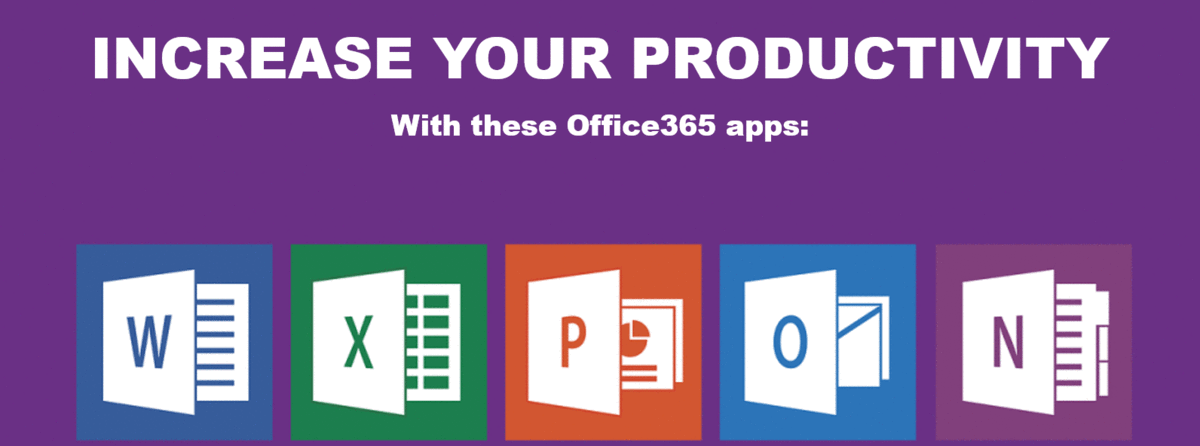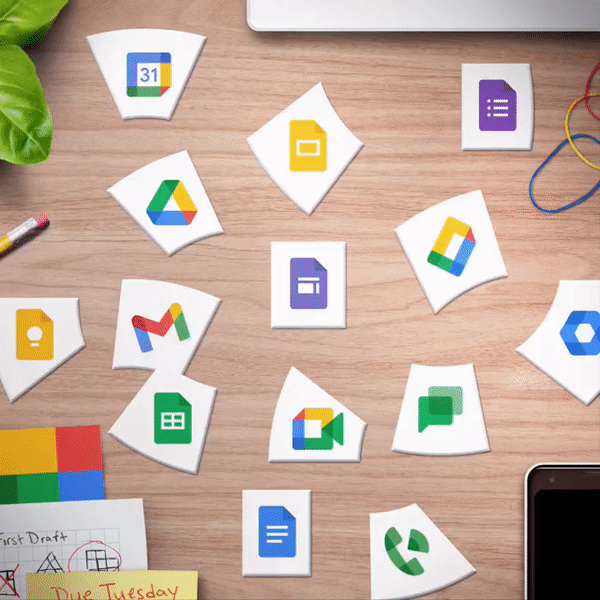Productivity Suites: Empowering Education through Equity and Evolution
Gone are the days of traditional pedagogy; today, the educator’s arsenal is incomplete without the integration of digital tools. From dynamic presentations to collaborative projects, these platforms serve as conduits for creativity and engagement, bridging the gap between teacher and learner. In today’s educational realm, technology integration is paramount, breathing life into learning environments. From productivity suites to presentation tools, they are the bedrock of efficiency, collaboration, and captivating engagement, shaping a dynamic landscape where innovation thrives and learning knows no bounds.

When we step into any modern classroom, virtual or physical, and witness the obvious presence of productivity and presentation tools. These digital marvels, ranging from Microsoft and Google Suites to a myriad of cloud-based platforms, have become the lifeline of the educational system. They stand as indispensable allies, empowering both educators and students alike in their search for knowledge. In a revolutionary shift, Google Workspace and Microsoft Office 365 have revolutionized educational content creation, sharing, and collaboration. These suites, with their cloud-based word processors, spreadsheets, and collaborative platforms, redefine academic workflows. Real-time collaboration tools empower students to collaborate easily on projects, transcending physical barriers. Cloud storage capabilities further amplify accessibility, granting users the freedom to edit and access documents across devices, heralding a new era of educational innovation and connectivity.

I believe that in the frenzied wake of the pandemic, education and work environments have undergone a significant shift, reshaping the very essence of how individuals learn, work, and navigate their lives. For educators, the transition to online teaching has been nothing short of a sudden shocking quest, loaded with unprecedented challenges and transformative implications.
For me as an educator and a student, envisioning a world without these digital stalwarts is paralleled with navigating a maze blindfolded. They have become the cornerstone of my educational journey, facilitating easy access to materials, fostering collaboration, and surpassing the boundaries of conventional learning.
However, beneath the veneer of technological marvels lies a poignant truth: the well-being and performance of educators hang precariously in the balance. The relentless demands of adapting to this new paradigm, coupled with the omnipresent specter of burnout, cast a cloud over the profession. Also, disparities in access to technology raise questions about equity and deeper learning opportunities for all. We must reflect on the values embedded in utilizing such programs and the implicit messages conveyed to students. While there are no easy answers, awareness of their impact is vital as we navigate educational technology’s advancement.
Yet, amidst the chaos, there remains a glimmer of hope—a testament to the resilience of the human spirit. Educators and students alike forge ahead, navigating the digital frontier with unwavering determination and adaptability.
In the crucible of adversity, a new era of education emerges—one defined by innovation, collaboration, and the resolute spirit of those who dare to venture forth into the unknown. And though the road ahead may be troubled with uncertainty, one thing remains certain: the transformative power of education has no boundaries and transcends the barriers of time, space, and circumstance.
See you soon…

Christina, your blog on “Productivity Suites: Empowering Education through Equity and Evolution” masterfully delves into the digital transformation of education. Your eloquent depiction of platforms like Google Workspace and Microsoft Office 365 underscores their pivotal role in reshaping the learning landscape. Your insights into real-time collaboration tools and cloud storage highlight their profound impact on accessibility and innovation. Your personal reflection on post-pandemic challenges adds depth, emphasizing the significance of these digital tools in your educational journey. Your awareness of potential pitfalls, coupled with your optimism, makes your blog a compelling exploration of the evolving educational frontier. Thank you for sharing your wisdom, and I eagerly anticipate more insights from your future writings. See you soon!
Thank you for your pleasing feedback Suruchi..
Christina ,Your blog post beautifully captures the importance of digital tools in modern education. I appreciate how you highlight the role of productivity suites like Google Workspace and Microsoft Office 365 in enhancing collaboration and accessibility for both educators and students. These tools have become essential in our educational journey, especially in the shift to online teaching during the pandemic. Your reflection on the challenges and transformative impact of this shift is insightful. Additionally, you raise important points about equity in access to technology. Overall, your post conveys a message of resilience and innovation in the face of change. Well done!
Hi Navneet,
Thank you for your thoughtful feedback! I’m glad you found resonance in the importance of digital tools and their role in fostering collaboration and accessibility, especially during challenging times.